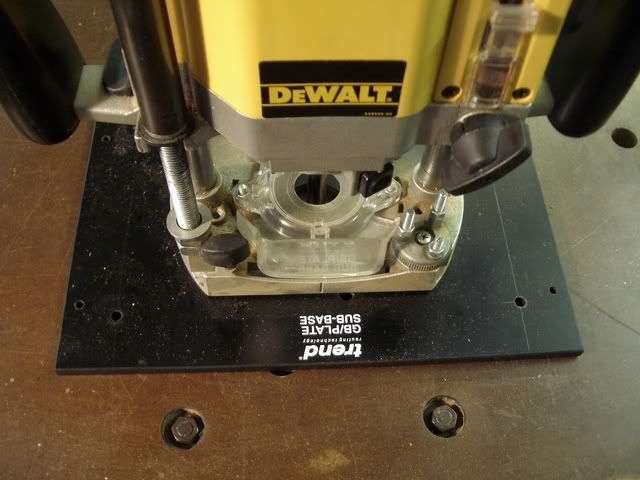I want to make a sled/large base for my router to sit on.
What kind of plastic should I be looking for and also what thickness? I want something that will be as rigid as possible so it won't sag too much.
Thanks
What kind of plastic should I be looking for and also what thickness? I want something that will be as rigid as possible so it won't sag too much.
Thanks





